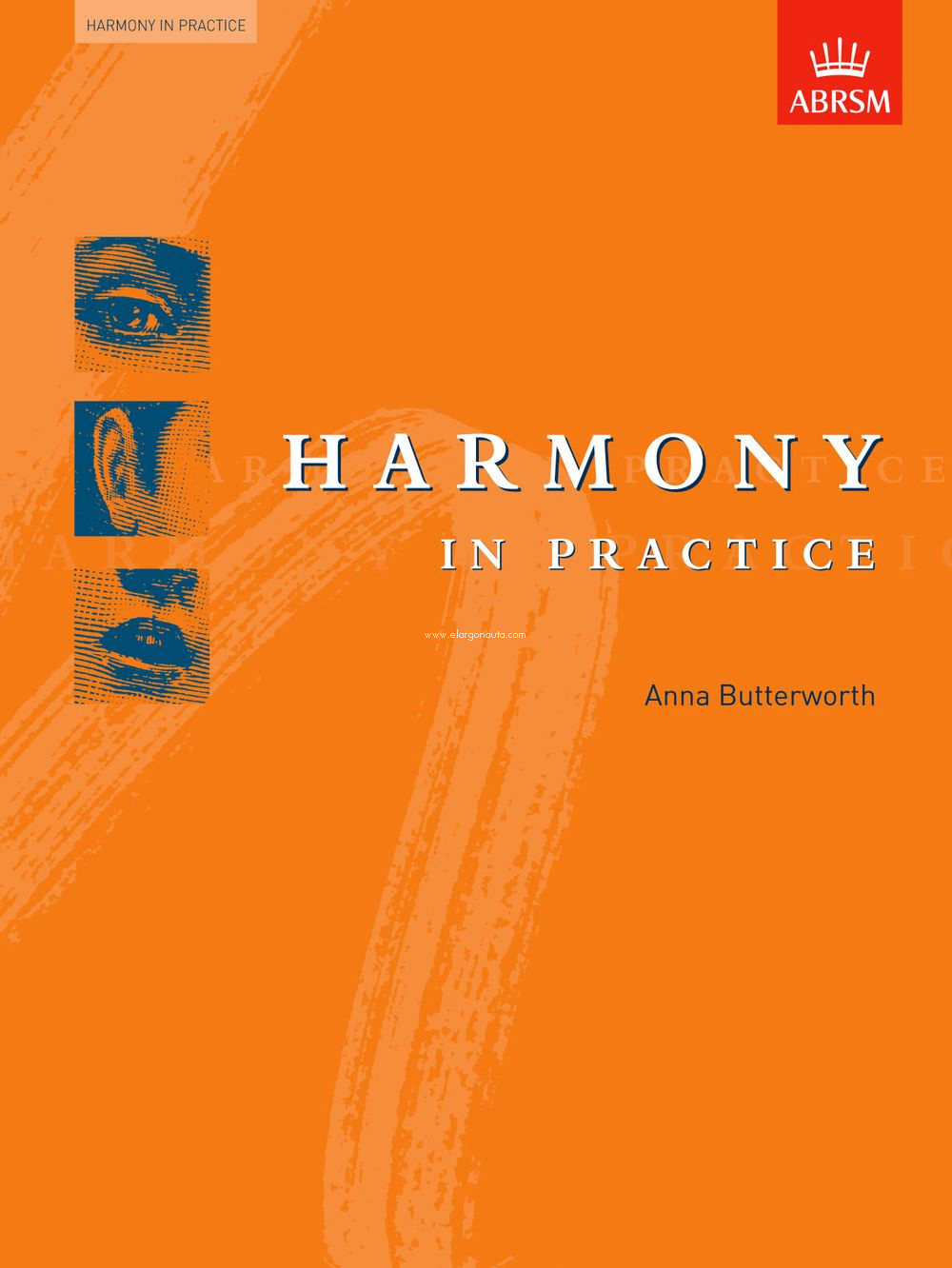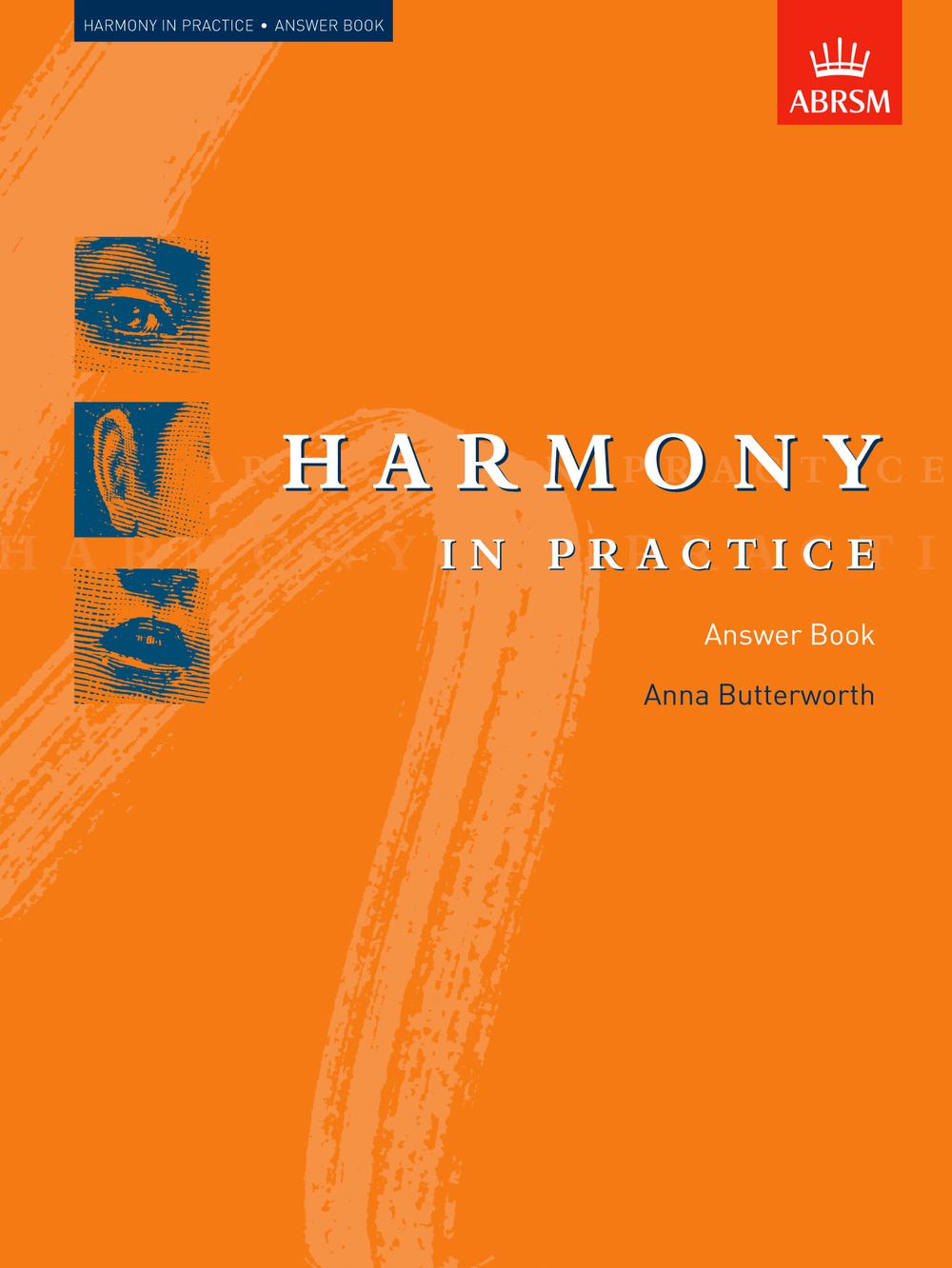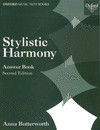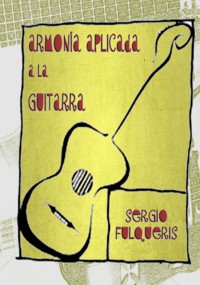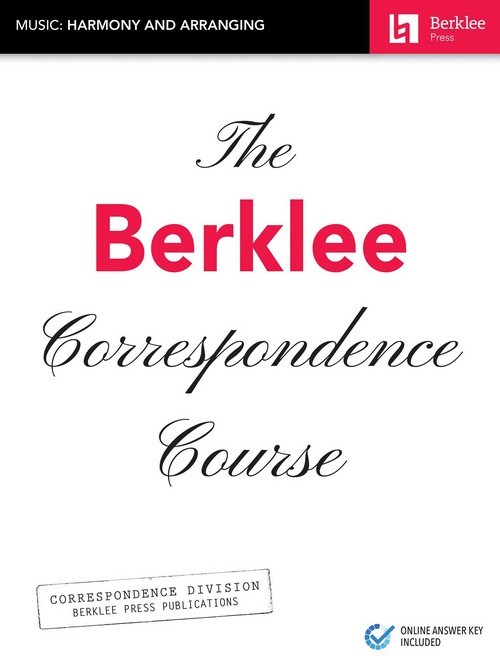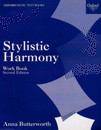
Stylistic Harmony. Work Book
Butterworth, Anna
Oxford University Press. 2008Ficha técnica
- EAN: 9780193210592
- ISBN: 978-0-19-321059-2
- Editorial: Oxford University Press
- Fecha de edición: 2008
- Encuadernación: Espiral
- Dimensiones: 23x28
- Idioma: Inglés
- Nº páginas: 209
Impresión bajo demanda
Disponibilidad sujeta a la información del editor¡GASTOS DE ENVÍO GRATIS!
PVP. 82,60€
Añadir a la Lista de deseos
Second Edition
"Anna Butterworth's new book is designed to provide a businesslike and efficient presentation of all the harmonic and musical styles which are needed for A-level and university entrance ... illustrative material is copious and the exercises equally so." (Times Educational Supplement).
The new edition contains no major changes, but incorporates numerous corrections.
CONTENIDO
Introduction
1. The Renaissance Period (c. 1475-1600)
- The basic principles of the style
1. Intervals
2. Imitation
3. Dissonance
- Other features of the style
1. Chromatic writing
2. The harmonic "instinct"
3. Note Doubling
2. The Baroque Period (c. 1600-1750)
- The musical language of the Baroque: music based on triads
1. The continuo and figured bass
2. Interpretation of figured bass
3. The chord of the dominant 7th
4. Some characteristics of Baroque melody
- Functional harmony
1. Chord progressions
2. Harmony at the cadence: some further characteristics
3. Modulation
4. The use of dissonance
5. Chromatic writing
3. Baroque style: the chorale
- The chorale prelude
- Subsequent use of the chorale
- The melody line of the chorale
- The harmonic characteristics of Bach's chorale settings
1. General comments
2. The cadence
3. The dominant 7th chord
4. The diminished 7th chord (d7)
5. Modulation
6. "Contrapuntal harmony"
7. The part-writing
8. The passing 6/4 and 6/3
9. Chromatic movement
10. Unusual chords
11. Modal Chorales
4. Baroque Style: Two and three-part counterpoint
- The working of counterpoint
- Figuration
- Two-part writing
- Instrumental and vocal melodies
- Three-part writing
5. The Classical Period (c. 1740-1815)
- The musical language of the Classical period
1. Stylistic features derived from Baroque music
2. The new features of Classical music
3. Extra-musical associations
4. The Baroque influence
- Aspects of the Harmonic language of the Classical period
1. Principal features
2. The harmony at the cadence
3. Chromatic movement and dissonance
6. Classical style: The string quartet
- Origins
- The character of the writing
- Some comments on string writing in the 18th century
1. Range
2. Tone and technique
7. The early Romantic period (c. 1810-50)
- The extension of the harmonic language, c. 1810-50
1. Diatonic secondary 7ths
2. Altered chords
3. Chords of the 9th, 11th, and 13th
4. Unprepared dissonance: The appoggiatura
5. Modulation
Select bibliography
Index of composers
General index


